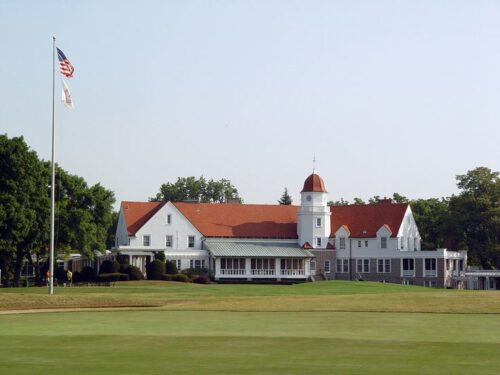 Senator Charles B. Farwell’s estate, Fairlawn, where the 1894 Lake Forest Golf Club was born.
Senator Charles B. Farwell’s estate, Fairlawn, where the 1894 Lake Forest Golf Club was born.

By Megan McKinney
Hobart and Rose Chatfield-Taylor immediately began playing golf on the course Charles Blair MacDonald had created at Fairlawn. As described in our previous Classic Chicago golf story, Fairlawn was the Lake Forest estate of Rose’s father, Senator Charles B. Farwell. The couple’s friends soon joined them with enthusiasm and, because anything Rose Farwell Chatfield-Taylor did was acceptable, the golf-appropriate skirt she wore was adopted by other women, making both the skirt and the game fashionable.
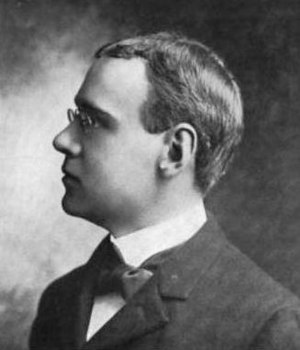
Hobart Chatfield-Taylor
In tandem with Charles Blair MacDonald, Senator Farwell’s son-in-law, Hobart Chatfield-Taylor, is credited with introducing the sport of golf to Chicago and the Midwest, if not to the United States. Chatfield-Taylor and MacDonald were also pioneers in the culture surrounding golf.

They did not create the American country club—the Philadelphia Cricket Club was established in 1854, four decades earlier—but they definitely created the format for the Chicago suburbs.
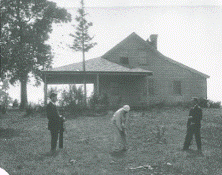
The sheep shed on the Leander McCormick farm.
As enthusiasm for the game mounted in Lake Forest, Fairlawn grounds became overcrowded, and Hobart organized a group to form what he dubbed the Lake Forest Golf Club on property belonging to Leander McCormick in 1894. The McCormick farm provided space for an enlarged course of nine holes. A small outbuilding, known as the “sheep shed,” served as a locker room and was as close as members came to having a clubhouse. It was soon time to move on. The year 1895 was a big one for golf in Lake Forest; the growing club was officially organized, with 150 members and Hobart as president. It was then the name Lake Forest Golf Club was changed to Onwentsia, an Iroquois word Hobart selected for its meaning: a meeting place – in the country – of sporting braves and squaws.
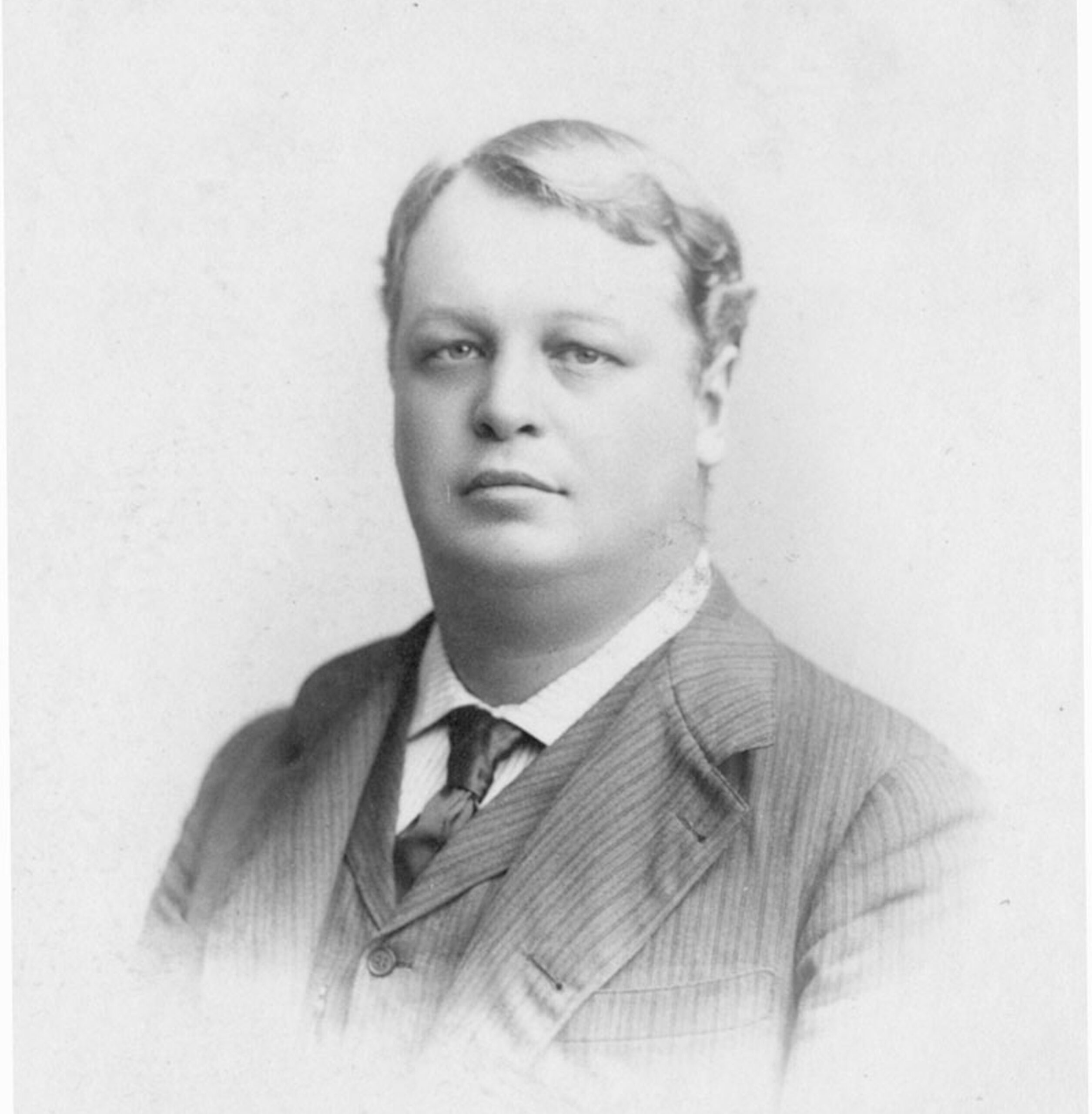
Architect Henry Ives Cobb
By the end of the year, the group had purchased the 175-acre farm of architect Henry Ives Cobb and his wife, Emma. The Cobb farmhouse, far grander than the McCormick sheep shed, would be their clubhouse for the next 25 years. At last, the newly named Onwentsia members had a proper 18-hole golf course and the handsome residence of a great architect to house the club. That took care of the Chatfield-Taylors and Lake Forest, but not the area’s greatest golf enthusiast.
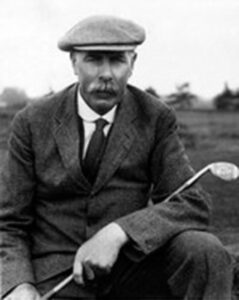
Charles Blair MacDonald
Charlie MacDonald might have continued to make do with frequent trips to Scotland to satisfy his need for golf courses and companions who knew the game; however, the enthusiasm, which had begun at Fairlawn and was sweeping Lake Forest, encouraged him to rent farm acreage west of Chicago in the suburb that is now Downers Grove. Only months after laying out the seven-hole tomato-can course at Fairlawn, MacDonald created a nine-hole course, to which he added another nine within a year. In July 1893, he chartered the Chicago Golf Club, with an 18-hole golf course.
The next step was to buy 200 acres in the farmland near Wheaton, and, during the months Hobart and his Lake Forest enthusiasts were trading up from a sheep shed to a great architect’s handsome farmhouse, Charlie was creating an alternate historic club, which would also continue to prevail today.

Charles Blair MacDonald’s Chicago Golf Club
By the turn of the century, the great titans of Chicago industry were regularly making the trip out to Wheaton for golf, sometimes several times a week. In one historic instance, with tragically fatal results.
On New Year’s Day 1906, the Farwell brothers former apprentice, and later business partner, Marshall Field, journeyed out to the Chicago Golf Club with his nephew Stanley Field; attorney Robert Todd Lincoln, the president’s son; and James Simpson, a Field protégé who would one day become a president of Marshall Field & Co. It was piercingly cold and the ground was high with several feet of snow, necessitating red golf balls.
Field complained of a sore throat on the following day but, ignoring it, played two more rounds of golf that week. He had business in New York and was eager to keep a scheduled trip, although he still had not shaken what appeared to be a severe cold.
Field’s condition worsened in the drafty train, and his wife, Delia, wired ahead to Pittsburgh to have a doctor meet the train and accompany them to New York. The party proceeded to Holland House at 30th Street and 5th Avenue, where the Fields kept a suite; a team of doctors gathered, including New York specialists and Field’s personal physician, Dr. Frank Billings, who rushed from Chicago.

Holland House, the Fields’ New York hotel.
But the diagnosis was ominous; the patient had contracted pneumonia, a virtual death sentence in the elderly (Marshall Field was 71). At 4 o’clock in the afternoon of January 16, Marshall Field was dead.


